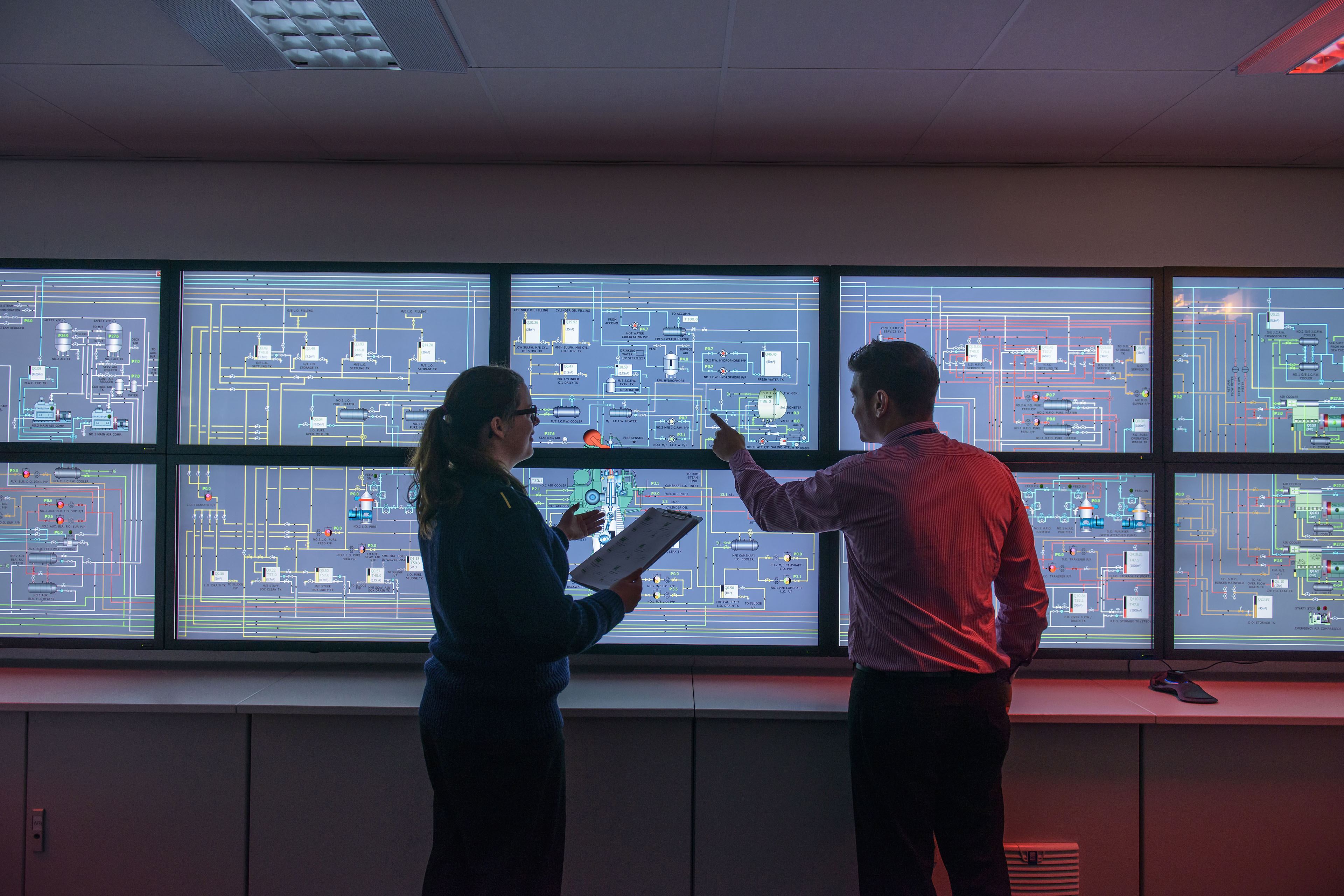Infra
How AI could change the game for Ireland’s infrastructure project delivery

AI’s transformative role throughout the infrastructure lifecycle
Traditional infrastructure delivery methods are becoming less relevant, requiring the infrastructure industry to update its methods and technologies to improve project outcomes in the face of complexity challenges. AI has already proven its ability to significantly improve decision-making, resilience, productivity, and the industry’s capacity to address major challenges at both macro and micro levels.
A number of specific use cases for AI and related technologies are outlined in the report. These include:
Intelligent forecasting and schedule assessments
Large Language Models (LLMs) use historical schedule data to produce unbiased forecasts and deliverability assessments. This provides project promoters with more realistic schedule assessments, enabling better collaboration with contractors and proactive portfolio management.
AI-Powered Project Management
Machine learning and natural language processing solutions can be used to analyse historical and current portfolio performance data, market conditions and external factors to predict potential project delays, budget overruns and resource shortages. This enhances forecasting accuracy and provides real-time insights for risk management and mitigation, reducing delays and cost overruns.
Autonomous construction
Machine learning and computer vision-enabled smart construction robots are capable of autonomously performing site operations, such as detailed scans of structural components for quality assurance, aerial drone surveys to create digital twins, as-built surveys, and basic tasks traditionally performed by workers, like lifting and moving objects, transporting materials and monitoring sites for safety issues. These AI-driven autonomous construction solutions increase productivity, reduce risk in a high-hazard industry, and tackle issues related to skilled labour and housing shortages.
Automated Environmental Impact Assessment
Machine learning algorithms can be deployed to identify environmental risk factors on proposed infrastructure sites that can adversely affect biodiversity, including flora and fauna. These algorithms model pollutant levels and habitat invasion due to the construction process and provide recommendations for effective mitigation strategies to reduce negative impacts.
In Ireland, AI is already being deployed to support infrastructure projects:
Automatic Vehicle Location
The solution will use AI to minimise delays and deliver operational savings. This national-scale project is set to connect all of Ireland’s 2,300 buses, enhancing the quality of services and fostering growth for bus operators. Innovations within the solution include enhanced AI prediction algorithms, AI-powered monitoring of bus lane blockages to minimise delays, and Automatic Passenger Counting.
Power cut risk modelling
AI is also being used by power network operators to address causes of electricity outages during extreme weather: falling trees and vegetation near power lines. The technology enables identification of high-risk areas where these hazards might cause power lines to fail, so that teams can prioritise vegetation management accordingly to prevent line damage and detect the risks arising from longer growing seasons associated with climate change.
Shifts required to unlock AI potential
AI enables collaboration across the asset lifecycle, facilitating better decision-making, outcomes and more sustainable infrastructure. However, to achieve this transformation, leaders across the entire industry need to adopt AI technology. This is in line with the recommendations of the Irish Government’s National AI strategy¹ that identifies AI as a critical technology for enhancing automated decision-making systems.
For these and other benefits to be realised, the report finds that it is essential for the infrastructure sector as a whole to commit to a number of changes and actions:
Mindset: Cultivating an open and collaborative environment is essential for the successful adoption of AI. This involves raising awareness, fostering discussions, and addressing legal and ethical considerations to build trust and encourage the sharing of data and insights.
Skillset: Developing the competencies required to leverage AI in infrastructure is crucial. This includes providing training, certifications, and workshops that equip professionals with the knowledge and expertise needed to integrate AI technologies effectively as well as keeping the infrastructure industry attractive to future generations.
Toolset: Offering the right tools and frameworks is vital for practical implementation. This involves developing standardised data collection methods, secure data sharing protocols, and AI-specific contract provisions that support innovation and collaboration.
“The Government and the industry need to work together to create a favourable environment for AI innovation. In this environment, success is scalable, risks are reduced, and issues are managed. Widespread adoption requires getting high-level support from key stakeholders and providing targeted support that enables, encourages, and rewards AI adoption,” Eoin O’Reilly, Partner, Head of AI & Data, EY Ireland.
Industry needs to embrace the power of AI
Accelerating innovation in infrastructure requires rethinking business and operating models, which the industry has historically been reluctant to do. Just as digitalisation transformed construction and engineering, AI has the potential to bring transformative change to infrastructure delivery. To disrupt the status quo on project planning, design, construction, and management, businesses must adapt their models to extract value from innovative project delivery approaches and create novel service capabilities.
AI has the potential to transform infrastructure delivery not just in Ireland but globally. It can assist the industry in adopting a ‘systems thinking’ approach that moves away from the traditional segmentation of projects into planning, design, construction, and operation, with each involving multiple stakeholders. With its immense processing power and advanced abilities in data analysis, relationship discovery, and outcome prediction, AI can handle complexities that traditional linear approaches cannot. It can uncover hidden patterns, predict potential issues, and optimise resource use across all project phases.
The implications and potential benefits for the rollout of the NDP and other critical infrastructure in Ireland are clear. However, this will require close collaboration across all stakeholder groups including asset owners, operators, consultants, contractors, government, academia and technology providers.










